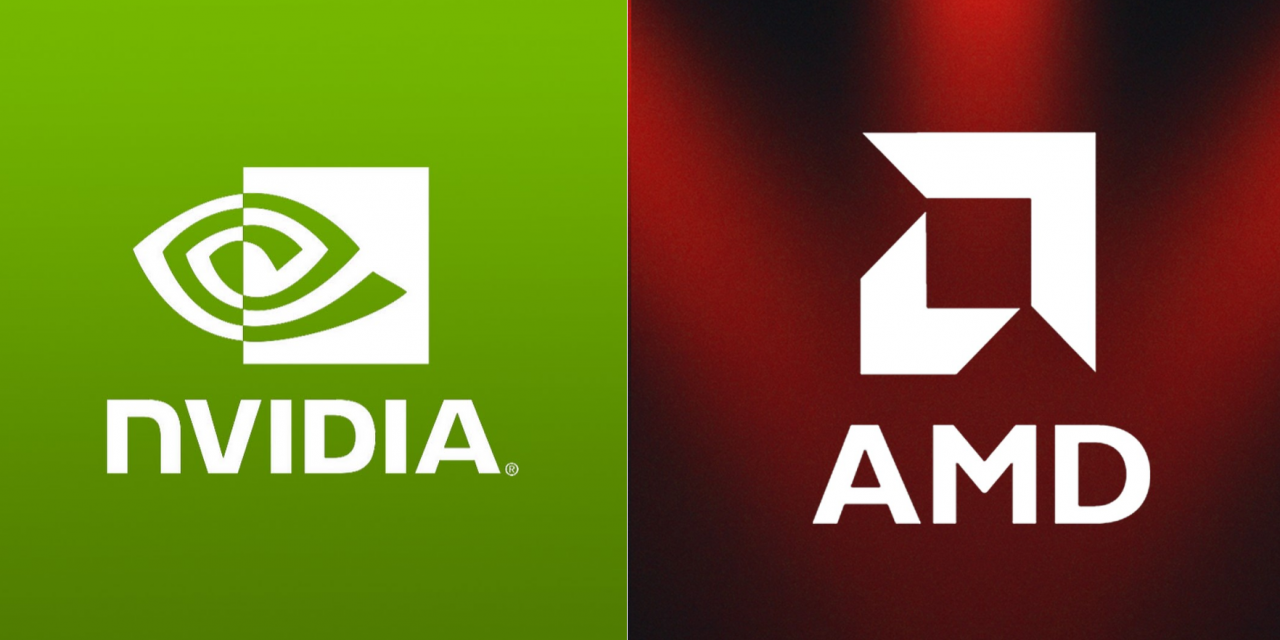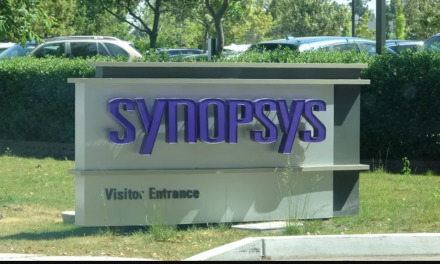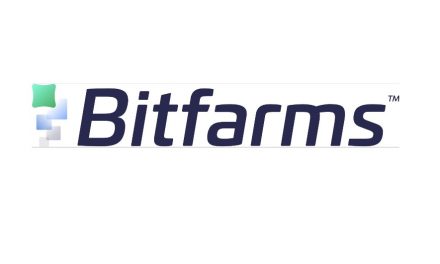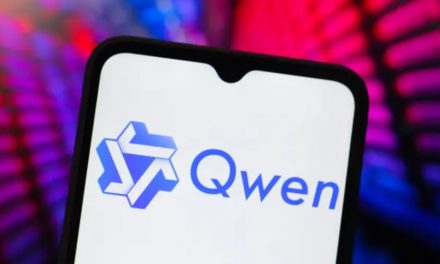In the dynamic realm of AI Stock, discerning the superior option between Nvidia and AMD presents an intriguing quandary. The AI sector, rekindled by OpenAI’s unveiling of ChatGPT, has seen a formidable upsurge, influencing diverse domains such as academia, healthcare, consumer goods, cloud technology, e-commerce, and beyond. This surge has propelled the fortunes of entities engaged in AI-centric chip fabrication, evidenced by significant stock appreciations in 2023.
Nvidia’s shares (NVDA 2.33%) have witnessed an astronomical ascent of 220% year-to-date, overshadowing Advanced Micro Devices (AMD -0.16%), which climbed by 87%. Nvidia’s ascendancy in AI is anchored in its longstanding supremacy in graphics processing unit (GPU) technology. Conversely, AMD is poised to unveil a formidable new chip in 2024, potentially disrupting the current market dynamics.
The perennial juxtaposition of Nvidia and AMD, as preeminent chip manufacturers, offers enticing investment avenues in the burgeoning AI sector. A meticulous examination of these corporations is imperative to ascertain the more judicious investment choice in the AI market, valued at $137 billion.
Nvidia’s meteoric rise in AI prominence in the current year, capturing an estimated market share of 80% to 95% in AI chips, is noteworthy. This dominance is a result of its status as the principal GPU supplier to a multitude of firms, with rivals lagging in response.
TrendForce data indicates a surge in ChatGPT’s GPU demand from 20,000 in 2020 to a prospective 30,000, signaling the escalating demand for high-caliber chips as numerous tech companies venture into developing their own extensive language models and analogous AI chatbots.
Nvidia has reaped substantial revenue boosts by provisioning GPUs to ChatGPT. Additionally, it stands to benefit from entities endeavoring to rival OpenAI, which are increasingly turning to Nvidia for their hardware requisites.
In the third quarter of 2024 (concluding October 2023), Nvidia’s revenue swelled by 206%, with operating income soaring beyond 1,600%, primarily attributable to a 279% augmentation in data center revenue fueled by surging AI chip sales.
Despite the anticipated arrival of competing AI Stock in 2024, Nvidia’s market dominance poses a formidable barrier for most challengers.
On the other hand, AMD is commencing its AI journey. Starting the year at a disadvantage, Nvidia’s triumphs have underscored AMD’s previous AI shortcomings. However, recent months have seen AMD’s robust investment in the sector, setting the stage for a significant impact in 2024.
The forthcoming year will mark the debut of AMD’s MI300 lineup, featuring the potent MI300X GPU. Designed to rival Nvidia’s offerings, the MI300X may disrupt the market if it delivers a competitive price-performance ratio.
Recently, Microsoft declared Azure as the initial cloud platform to incorporate the MI300X, heralding a potentially prosperous launch for AMD.
Beyond hardware advancements, AMD’s acquisitions of Mipsology and Nod.ai this year enhance the accompanying software for its chips, potentially enabling AI developers to maximize GPU efficiency.
In the AI chip battleground, both AMD and Nvidia exhibit immense potential. However, investment suitability varies. A comparison over the past six months reveals AMD’s shares at their highest price point since June, while Nvidia’s are relatively more affordable.
AMD’s stock has soared, yet its financials struggle to justify its valuation. In contrast, Nvidia’s recent revenue and operating income growth have augmented its stock value, outperforming AMD in share price growth.
For investors eyeing AI investments, Nvidia emerges as the more compelling choice.
Prior to investing in Nvidia, consider the insights of The Motley Fool Stock Advisor’s analyst team. They have identified 10 promising stocks, which, while excluding Nvidia, may offer substantial returns in the upcoming years.
AI Stock Advisor offers a comprehensive investment blueprint, including portfolio-building guidance, regular analyst updates, and bi-monthly stock recommendations. Since 2002, the Stock Advisor service has outperformed the S&P 500 by more than threefold.





